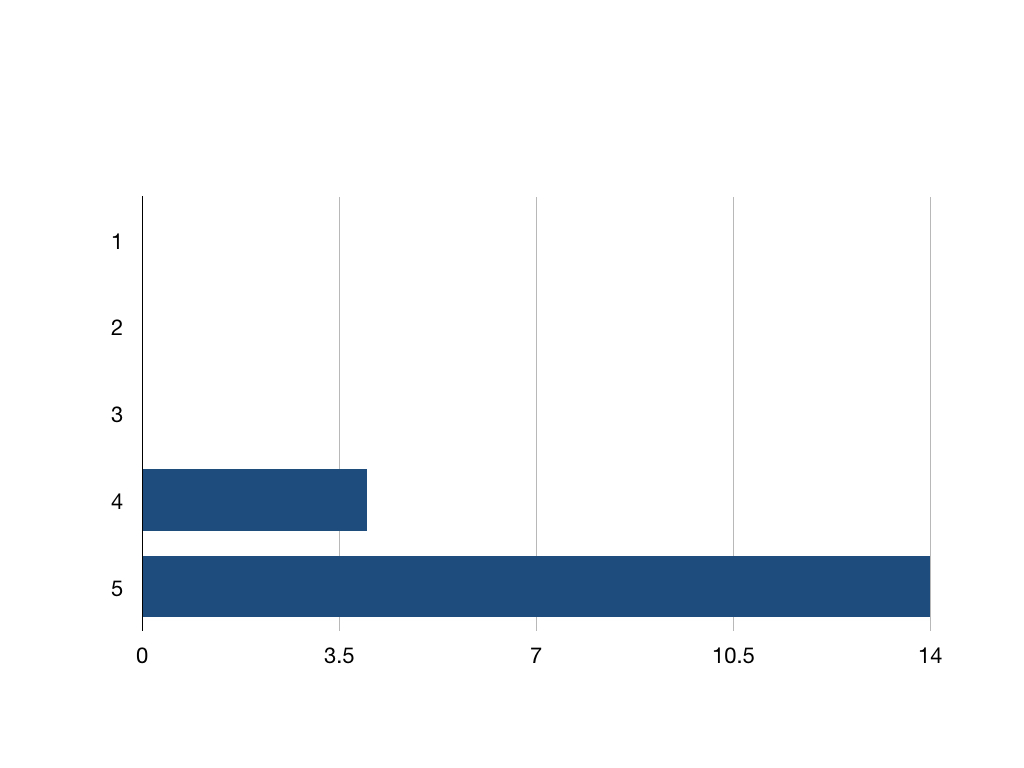In my last blog I talked a bit about setting the audience up for a simulation. In this blog I wanted to explore this more. Students who volunteer first to simulate are often in the minority but it’s important that the audience don’t feel like it’s an easy ride and just sit there.
The standard lay out when I run a simulation session is like this:
One of the audience members becomes the scribe, recording the clinical history and the story as in unfolds. This provides a point of reference for the students in the simulation as well as helping discussion during debrief. As these example show it also lets students be a bit creative:
We’ve often given students in the audience a checklist and asked them to record proceedings as well as part of student to student feedback.
If you’re giving the students in the simulation information such as an ECG or blood gas, make sure the audience can either see it or get a copy too to involve them. Later on reflect on their conclusions: are they different from those in the simulation?
In the previous blog I mentioned lifelines such as ‘Ask the Audience’. I find reminding the audience that at any moment the students in the simulation might turn round and ask your opinion inspires them to keep paying attention!"
‘Tag Team Simulation’ is something I’ve thought about but not done yet but would be another way to keep the audience engaged - I’d be interested to hear how this works if anyone has done it.
Managing audience members is a key part of the simulation session. If nothing else their engagement is a sign of respect for the students actually doing the simulation and helps create a positive learning atmosphere for everyone.
Thanks for reading
- Jamie


























